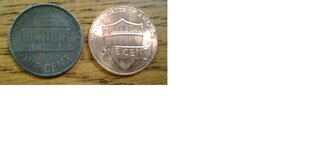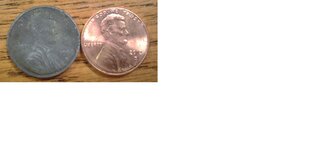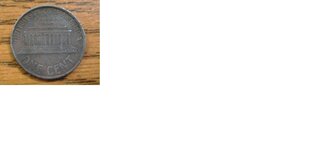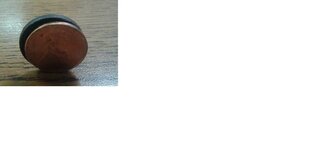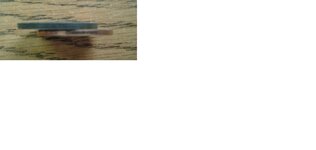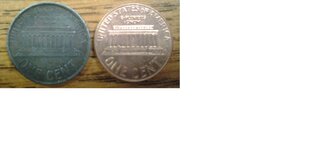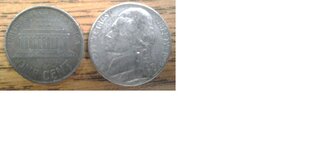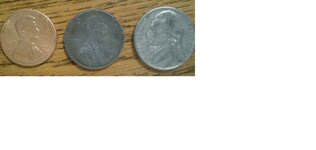ClonedSIM
Silver Member
Okay, so I picked this coin out of my pocket change several months ago. I've looked at it, dropped it on my desk for tone, washed if off and compared it to other coins, and I still have no clue what is up with this weird one-center.
At first glance I thought it was an unplated planchet, but the size is what's throwing me off completely. I've found unplated planchets before but they were, if anything, a tiny bit smaller than a plated cent. This coin is much larger, but it doesn't appear to have been flattened by anything. None of the coin's devices or details are out of focus or stretched in any way, there isn't any doubling to the letters that I can make out, the coin has a very hollow and deep sound when dropped on wood, very unlike that of a plated cent, and the whole coin looks like it's been pushed out from the back, making the reverse deeper and with higher rims that the obverse of the coin.
My thoughts have been that this might be a strike on a foreign planchet, as the cent isn't large or heavy enough to have been struck on a nickel planchet, but I haven't gotten beyond that.
Does anyone have any ideas at all? I'm at a total loss at this point, so any help at all is appreciated! Thanks for looking!
At first glance I thought it was an unplated planchet, but the size is what's throwing me off completely. I've found unplated planchets before but they were, if anything, a tiny bit smaller than a plated cent. This coin is much larger, but it doesn't appear to have been flattened by anything. None of the coin's devices or details are out of focus or stretched in any way, there isn't any doubling to the letters that I can make out, the coin has a very hollow and deep sound when dropped on wood, very unlike that of a plated cent, and the whole coin looks like it's been pushed out from the back, making the reverse deeper and with higher rims that the obverse of the coin.
My thoughts have been that this might be a strike on a foreign planchet, as the cent isn't large or heavy enough to have been struck on a nickel planchet, but I haven't gotten beyond that.
Does anyone have any ideas at all? I'm at a total loss at this point, so any help at all is appreciated! Thanks for looking!


